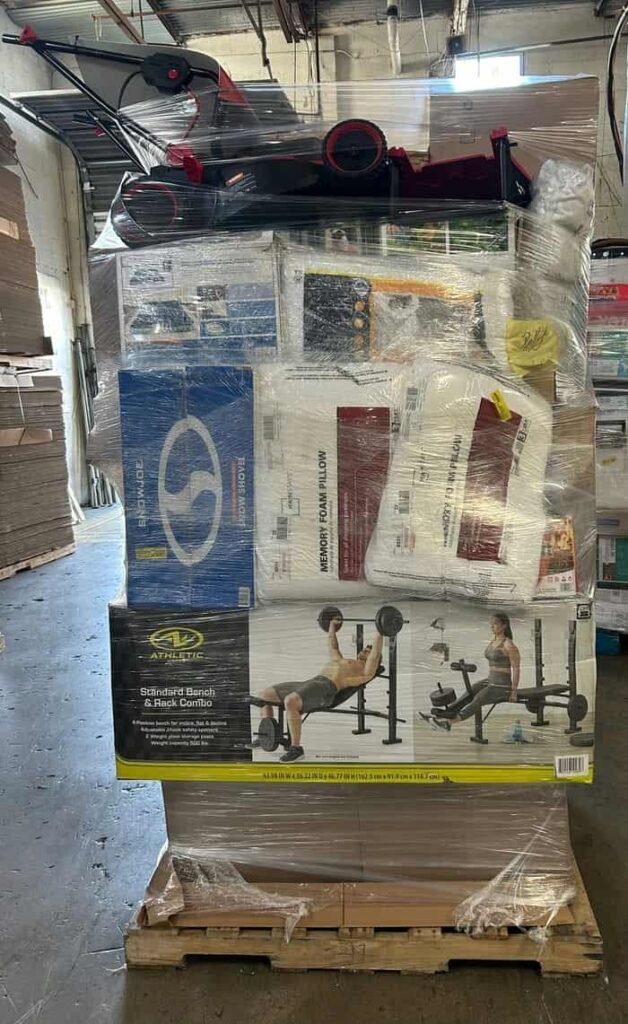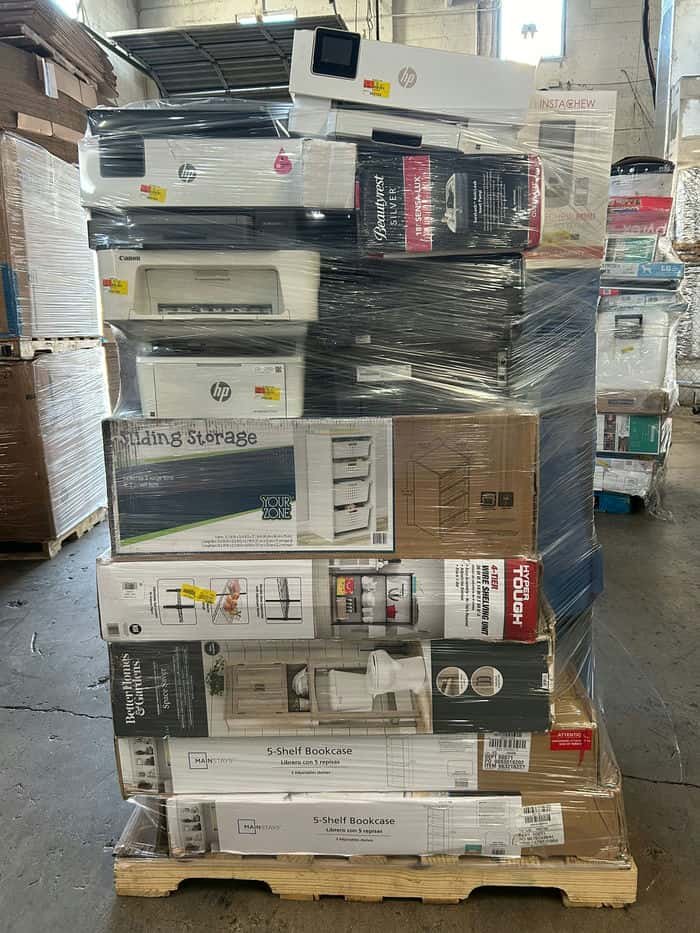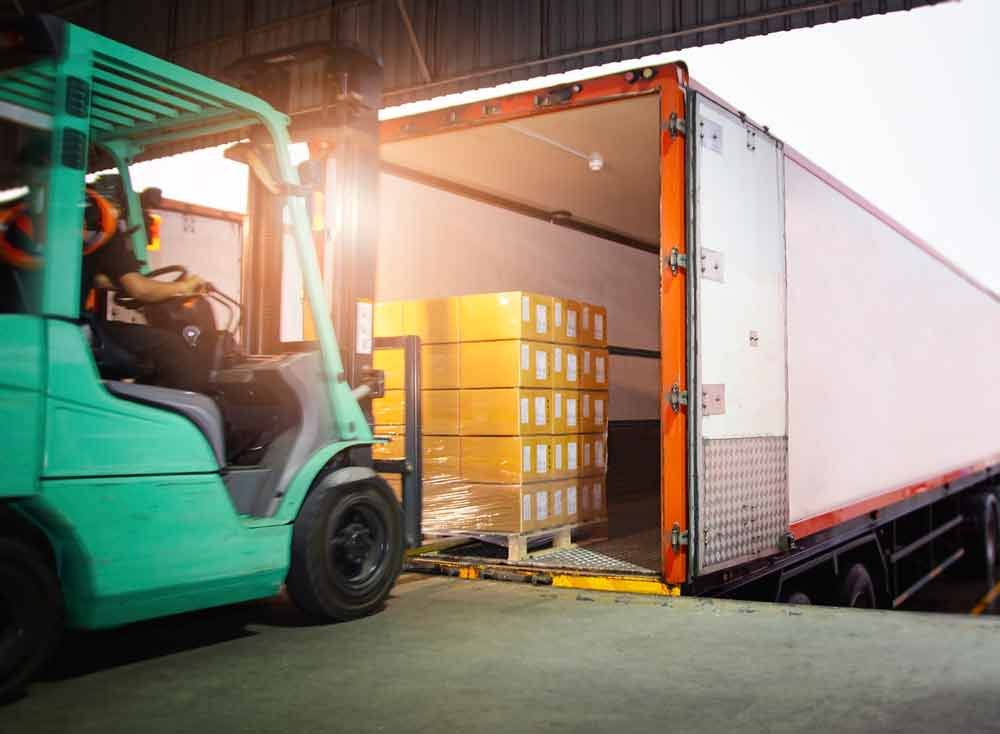Have you ever wondered what happens when you buy a product online from Amazon, Walmart, or Target, and then decide to return it? Or what happens when a store buys a large quantity of a product that doesn’t sell? Where do all those items go? The answer is simple: they are liquidated. Stores sell them at a fraction of their original value to clear space for new inventory. This is where we come in. The idea is to buy these pallets of goods and resell them online for a potential profit.
Orotex Liquidation is dedicated to helping you succeed in the pallet-flipping business with our high-quality products and expert advice.






We serve a diverse range of businesses, such as retailers, wholesalers, online sellers, small enterprises, and flea market vendors. Whether you’re a major discount retailer needing inventory by the truckload or a small business owner seeking cost-effective products for your store, Orotex Liquidation has something to meet your needs.
Understanding the Liquidation Process
When you return an item or a product doesn’t sell, retailers often liquidate these items. Liquidation means selling the products for a small fraction of their original value, just to get rid of them and make room for new inventory. You can buy these items, such as headphones, laptops, clothing, and more, at a significant discount and sell them online for a profit. While some items may have been returned for a reason, others may have been returned for no reason at all.
Getting Started
Finding Reliable Sources
You can buy liquidation items from major retailers like Amazon, Walmart, Target, and Macy’s. Many of these retailers have their own liquidation websites. For example, Walmart has its own liquidation website, as does Macy’s. You can also purchase from Orotex, where you can find products at 70% to 90% off retail prices. The website lists items from various brands and retailers, including Amazon, Wayfair, Target, Home Depot, Sony, Bed Bath & Beyond, and Lowe’s.
Shopping by Category or Retailer
On liquidation websites, you can shop by retailer or category, such as clothing, consumer electronics, jewelry, and general merchandise. For instance, if you’re interested in electronics, you can find items like TVs, mobile devices, and video game systems. However, be cautious with the bidding process, as people are bidding on these items, and there is competition. Always check the condition of the items, which could range from new, used, returned, refurbished, to salvage. If an item is marked as “salvage,” it usually means it is beyond repair.
Doing Your Due Diligence
Payment Methods and Pickup Schedules
Once you find a location where you’re going to purchase your pallets, the most important thing is to do your due diligence on their payment methods, pickup schedules, hours, and contacts. Get in contact with somebody and ask questions:
- Do you accept credit cards or cash?
- Do you take checks or wire transfers?
- Is it Bitcoin only?
Knowing this information upfront will save you from making an unnecessary trip.
Researching the Supplier
Before you go into those suppliers, call them and ask a few questions:
- What are your hours?
- What are your pickup rules?
- Can I come with my own truck?
- Do you guys ship if I can’t pick up?
Get these details ironed out before you even arrive, rent that U-Haul, or make the trip out there.
Dedicated Truckload Sales Team
Our expert truckload sales team is dedicated to offering larger customers a premium, white-glove experience, ensuring top-tier service and satisfaction.

Planning Your Sales Strategy
Having a Game Plan
After you find your supplier and the location you want to purchase from, the next step is to come up with a game plan for selling the merchandise you’re about to purchase. Many people come to pallet warehouses without a game plan. You need to know what you’re looking for and how you’re going to sell it before you buy it.
- Online Sales: If you plan to sell on platforms like eBay, look for small items like health and beauty products that sell for $19.99 and ship for $3.
- In-Person Sales: If you prefer to sell in person, focus on bigger items like mini fridges, microwaves, or furniture.
Transportation and Logistics
Getting Your Pallet from Point A to Point B
Transportation is a huge part of your game plan. If you buy a pallet for $500, the idea is to double up your money. But if you spend $200 on a U-Haul every time, your profits shrink. Instead, look into cheaper alternatives like renting a truck from Home Depot or Menards.
Save Money on Shipping
A great tip is to bring a friend. Instead of renting a U-Haul or a Menards truck, you can grab a friend to drive your car. If you don’t find any good pallets, you’re not stuck with a rented truck.
Using Apps to Scan Products
Download Retailer Apps
When you arrive at the pallet house, have all the major retailer apps on your phone. Apps like Home Depot, Target, Amazon, Google Shopping Lens, Mercari, and eBay can help you scan barcodes to find the retail value of the pallet items. This will help you determine if the pallet is worth buying.
Finding the Break-Even Value
Use these apps to scan the barcodes and find the break-even value. Look for items that can make the pallet pay for itself. For example, if you see a power washer worth $1200 on a $600 pallet, you can make 50% of the retail value and break even. This ensures that the rest of the pallet is profit.
Final Tips
Do Your Research
Before you buy your first liquidation pallet, do your due diligence and research. Find suppliers near you, check reviews, and talk to customers who have bought from them. Use Google reviews and Facebook to reach out to past customers.
Stay Organized
Download all necessary apps like Home Depot, Mercari, Google Lens, Amazon, and Target. These apps will help you scan barcodes and determine the profitability of the pallets.
Look for Numbers, Not Colors
When choosing a pallet, avoid shopping by color or appearance. Focus on the numbers. Look for items that make up the value of the pallet. If you see two or three items that cover the cost, the rest is profit.
Thank you for tuning in to the Orotex Liquidation blog! If you have any comments, questions, or concerns, drop them below. And as always, please like, subscribe, and share.
FAQ
What is Liquidation Pallet Flipping?
The merchandise liquidation business consists of purchasing returned, overstocked, or out-of-season merchandise from U.S. department stores and major brand names. This merchandise is purchased directly from the liquidation companies by Gaylors on pallets and then re-sold for a profit. It is a popular way to start a side business with a relatively low initial investment.
Can you really make money flipping pallets?
Yes, you can make money flipping pallets. Many people have turned it into a profitable side hustle or full-time business. The key is to find reliable suppliers and have a solid sales strategy.
Is pallet reselling worth it?
Reselling liquidated merchandise can be really worth it if you do your own research and understand the market. It will require time and effort to find the correct products and customers, but at the end the potential for profit is significant.
Can you make money on return pallets?
Yes, return pallets can be profitable. They often contain items that are still in good condition but were returned for various reasons. With the right strategy, you can resell these items and make a good profit.
How profitable is a pallet business?
It all depends on various factors, including the kind of merchandise you buy, your sales channels, and your ability to manage costs. Many pallet flippers see profit margins ranging from 30% to 50% or more.

